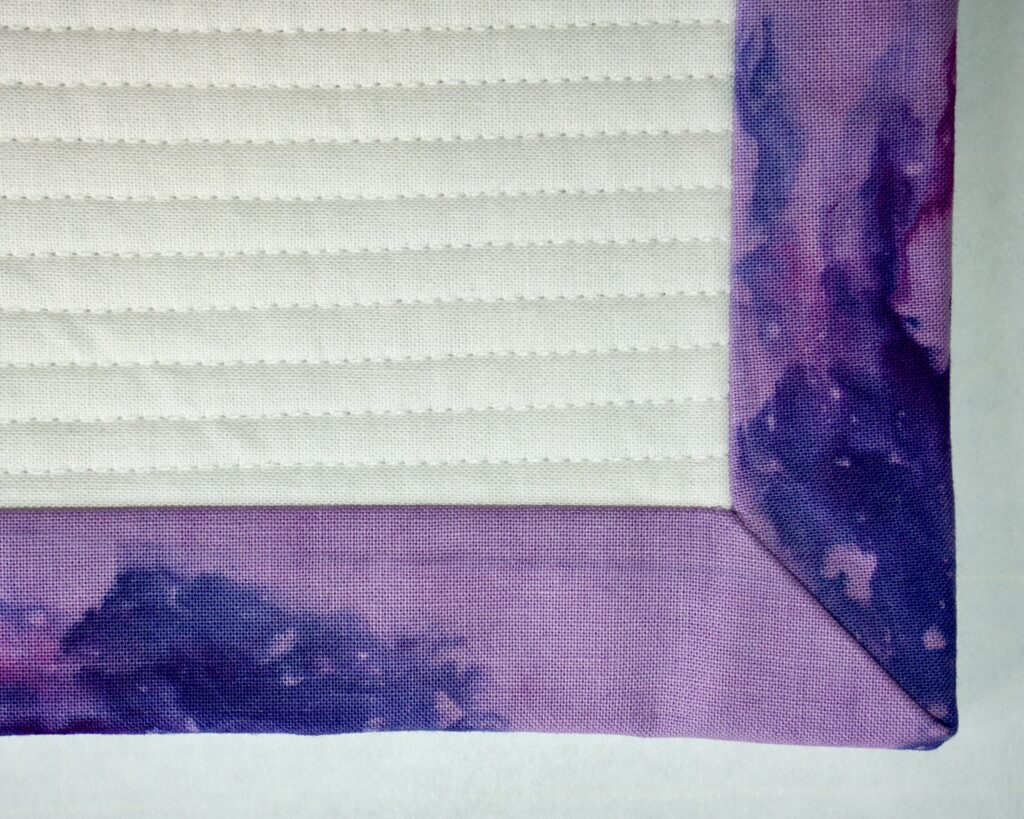Are you looking for the right measurements for quilt binding? If so, you’ve come to the right place. In this article, we’ll provide you with the information you need to determine how wide quilt binding should be. We’ll also provide some tips to help you get the right measurements every time. So, if you want to know how wide your quilt binding should be, read on.
What is Quilt Binding?

Quilt binding is a fabric strip sewn around the edges of a quilt to give it a finished look. It is usually made from the same material as the quilt backing and is folded in half lengthwise and attached to the quilt. The binding is then folded over the raw edges of the quilt and hand-stitched to the back of the quilt. The width of the quilt binding can vary, but it is usually between ¼ and ¾ inches thick. The binding should be wide enough to cover the raw edges of the quilt to give it a neat and tidy look, but not so wide that it detracts from the quilt design.
Binding Thickness
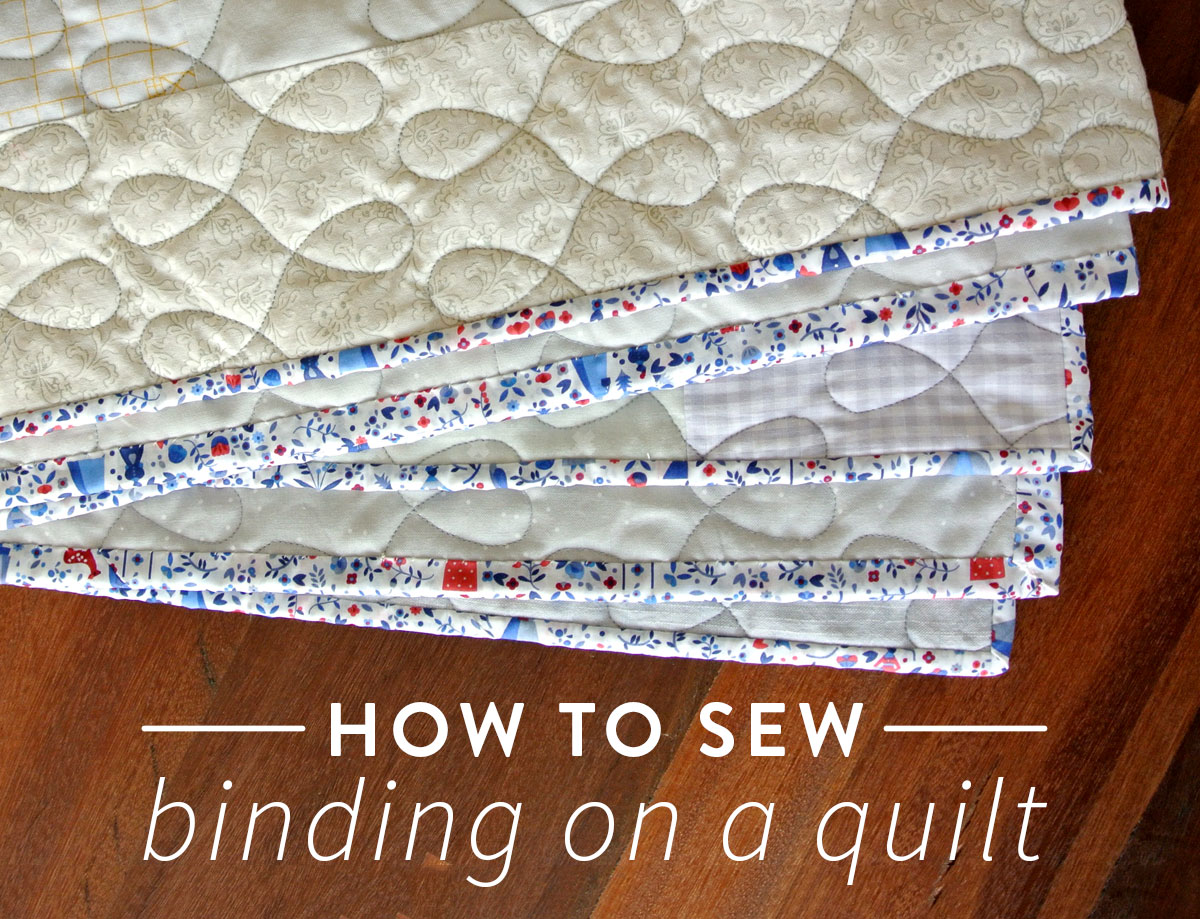
The width of quilt binding is typically a quarter of an inch, although it can vary depending on the desired effect. Some quilters may prefer a thicker binding for a more pronounced finish, while others may opt for a thinner binding to create a more subtle effect. The final decision depends on personal preference, as well as the size and weight of the quilt. Regardless of the width chosen, the binding should be thick enough to protect the quilt from wear and tear while still providing a neat finish. When it comes to what is quilt binding width, the quarter-inch measurement is a good starting point.
Binding Width
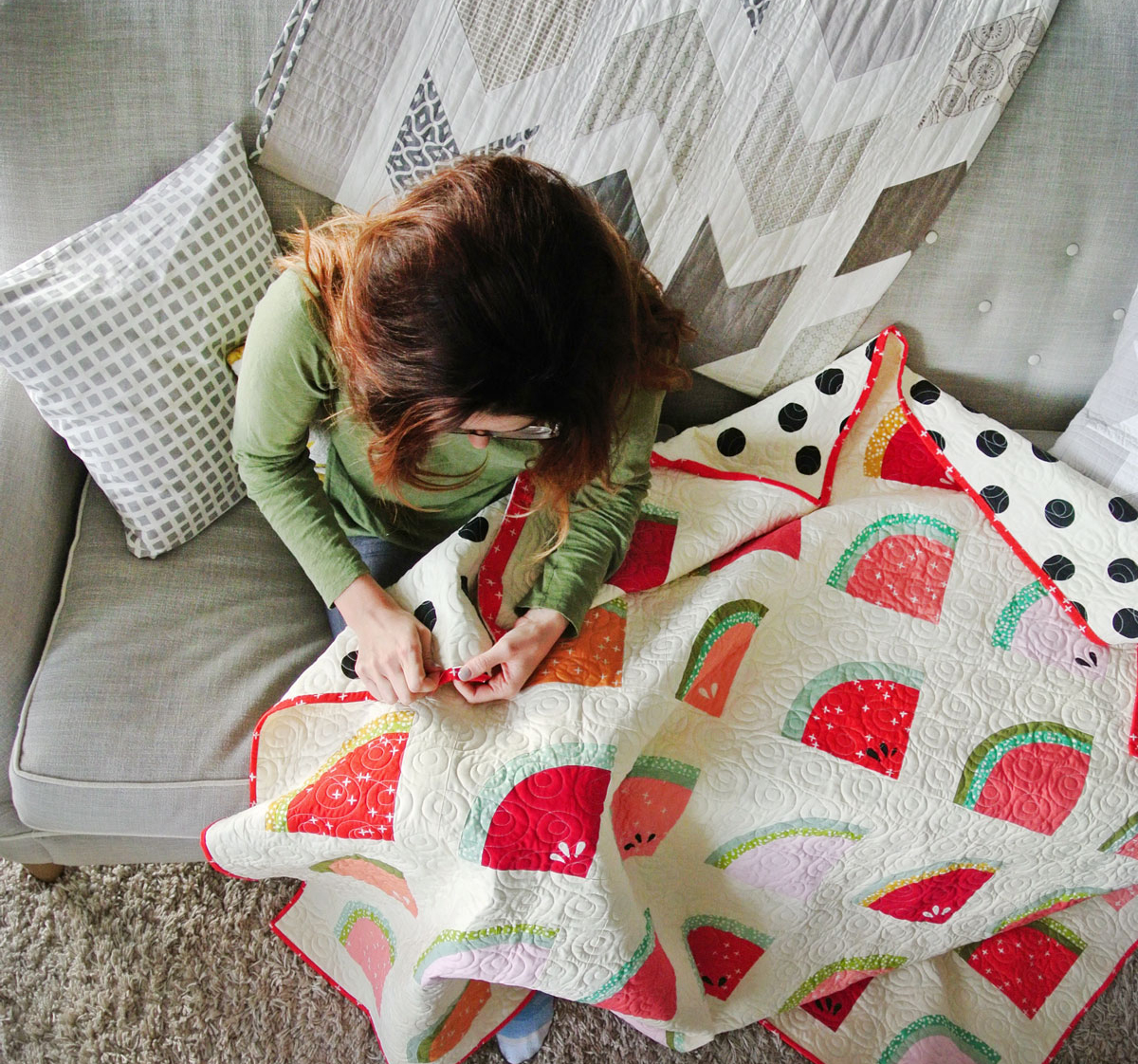
Standard Quilt Binding Width
The standard width for quilt binding is 2.25 inches. It is typically cut on the straight grain of the fabric, making it easier to sew.
Bias Quilt Binding Width
Bias quilt binding is cut on the bias grain of the fabric, which gives it more flexibility and makes it easier to mold around curves. To cut bias binding, it is generally recommended to cut it 2.5 inches wide. The extra quarter inch allows for the fabric to stretch when you are wrapping it around the curves on your quilt. When deciding how wide to cut bias quilt binding, it is important to remember this extra quarter inch.
How to Measure Quilt Binding
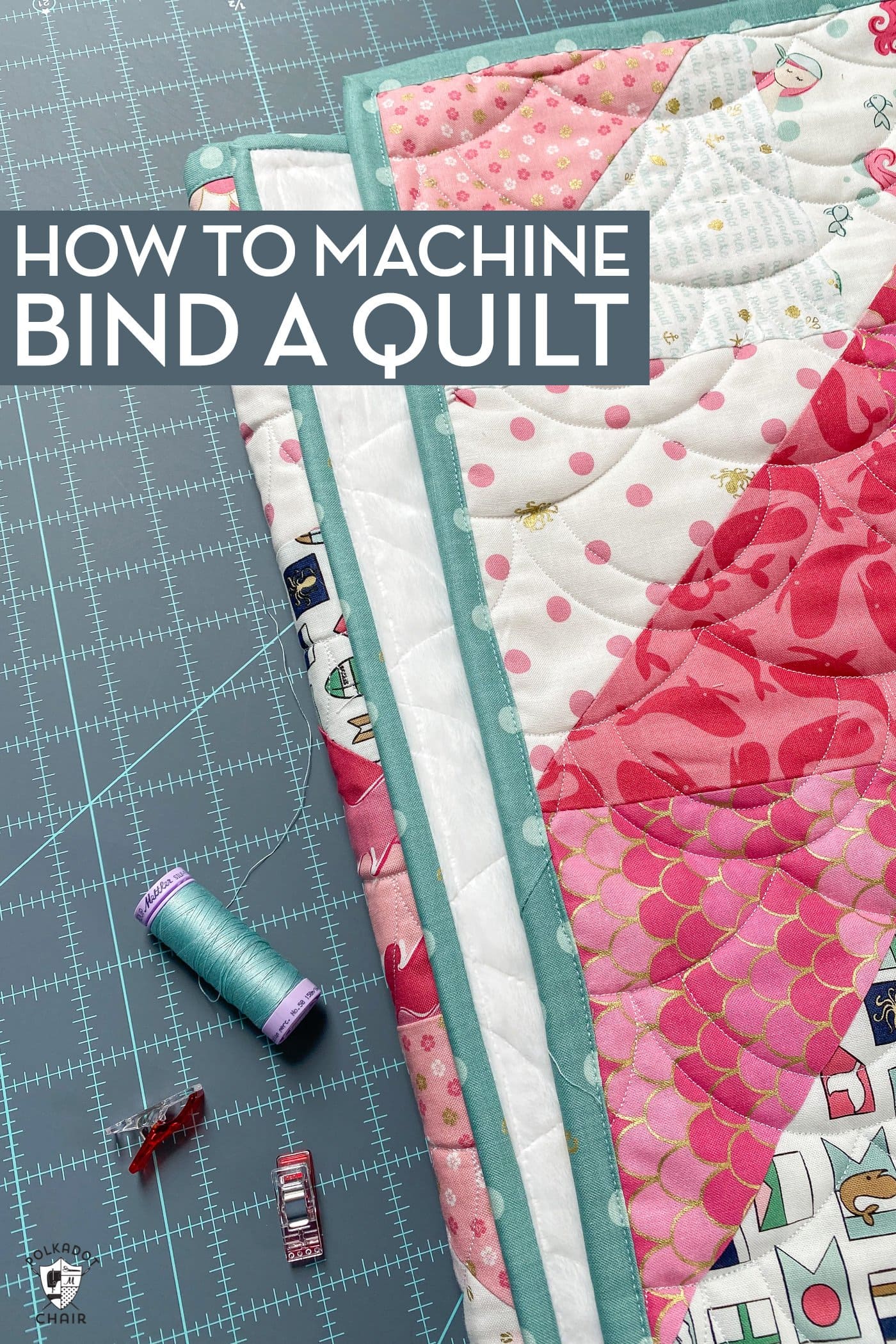
Measuring the Width of Standard Quilt Binding
Quilt binding is a strip of fabric used to finish the edges of a quilt. When measuring the width of standard quilt binding, you will need to consider the size of the quilt and the desired finished width. Generally, the finished width of quilt binding should be between 1/2 inch and 1 inch. To determine the width of the binding strips you will need, measure the quilt edge and multiply by 1.5 to 2.5. For example, if the quilt edge measures 10 inches, the binding strip should be at least 15 inches, but no more than 25 inches.
Measuring the Width of Bias Quilt Binding
Bias quilt binding is made from fabric strips cut on the bias. This type of binding adds extra flexibility around curves and points and is often used for quilts with complex shapes. When measuring the width of bias quilt binding, use a slightly wider allowance than for standard quilt binding. To determine the width of the bias strips you need, measure the quilt edge and multiply by 2 to 3. For example, if the quilt edge measures 10 inches, the binding strip should be at least 20 inches, but no more than 30 inches.
To create how wide strips for quilt binding that is the perfect fit for your quilt, use these tips to measure the width of standard and bias quilt binding. With careful preparation, you can achieve professional-looking results.
How to Cut Strips for Quilt Binding
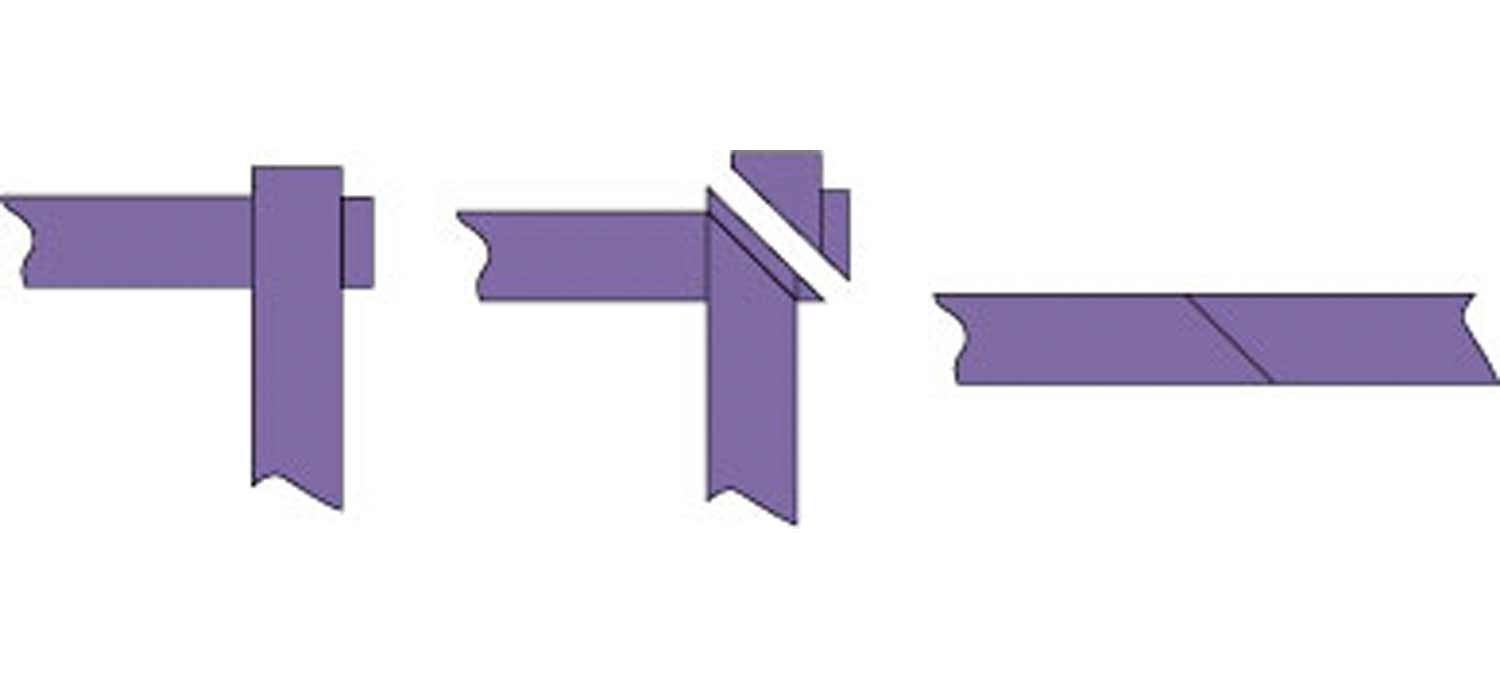
Cutting Strips for Standard Quilt Binding
Cutting strips for standard quilt binding starts with measuring the quilt and determining what width of binding is needed. To determine the width of the binding strips, use the formula of 2 1/2 times the finished width of the binding plus 1/2 inch for seam allowance. For example, if the binding should be 1/2 inch wide, then you will need to cut strips that are 2 1/2 inches wide.
Cutting Strips for Bias Quilt Binding
When cutting strips for bias quilt binding, the width of the strips should be 3 times the finished width of the binding plus 1/2 inch for seam allowance. For example, if the finished width of the binding should be 1/2 inch wide, then the strips should be cut at 3 1/2 inches. Cutting bias strips ensures that the binding can be stretched around curved edges of the quilt, as well as easing the corners.
No matter the width of the quilt binding, it is always best to cut the strips on the bias. This will ensure that the binding has the most flexibility and will lay flat when attached to the quilt. To answer the question of how wide do I cut the strips for quilt binding, follow the formulas mentioned above, depending on whether you are creating standard or bias quilt binding.
How to Join Strips for Quilt Binding
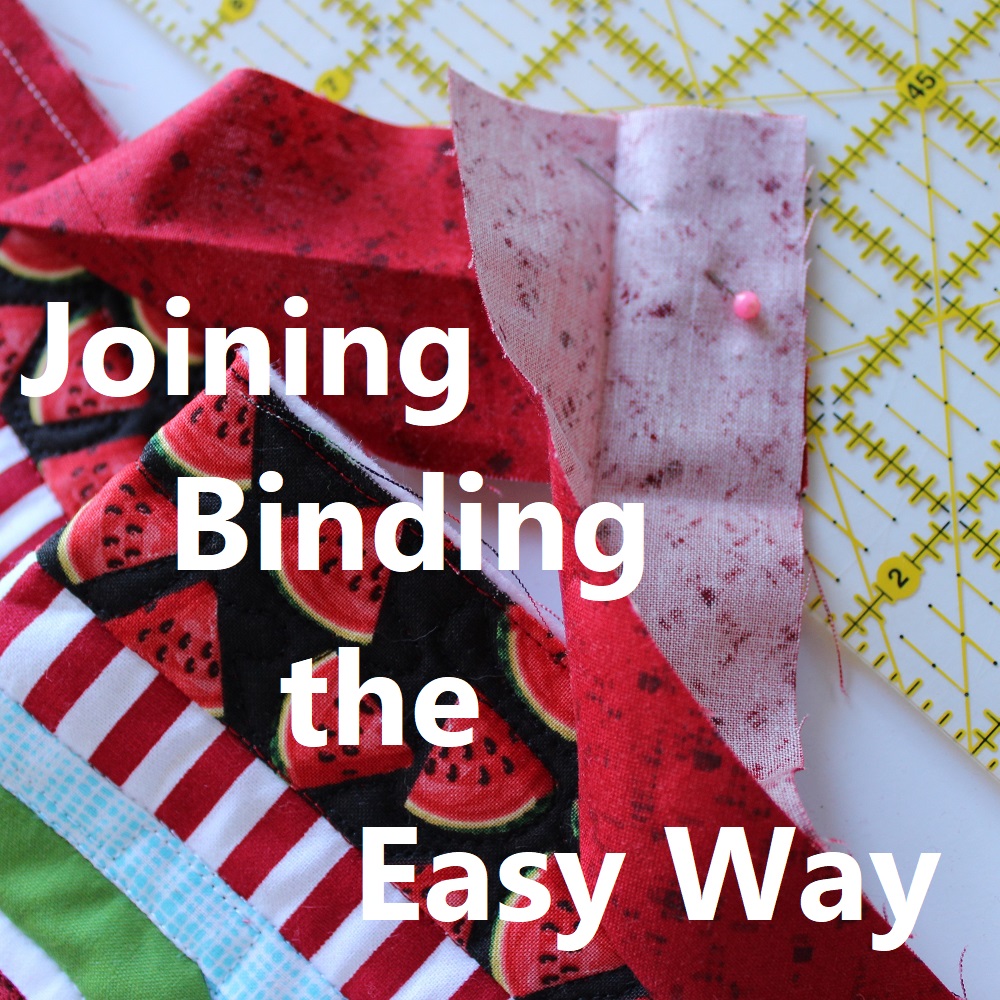
Quilt binding is the fabric strip that is added to the edge of a quilt and is often used to finish the quilt. Joining the strips of fabric to create the binding is an important step in the quilt-making process.
Step 1: Cut strips of fabric for the binding. The strips should be 2 1/4 inches wide and the length should be equal to the perimeter of the quilt.
Step 2: Join the strips end-to-end to create one long continuous strip. To join the strips, overlap the ends by 1/4 inch and sew the strips together.
Step 3: To create a mitered corner, mark the end of the long strip at a 45 degree angle. Overlap the end of the strip with the beginning of the same strip and sew the strips together at the marked 45 degree angle.
Step 4: Press the seam open and trim the excess fabric.
Step 5: Fold the binding in half lengthwise and press.
Step 6: Pin the binding to the edge of the quilt with the raw edges aligned. Sew the binding to the quilt and miter the corners.
Step 7: Press the binding away from the quilt and hand-stitch the binding to the back of the quilt.
Follow these steps to successfully join strips of fabric to create quilt binding.
Tips and Tricks for Working with Quilt Binding
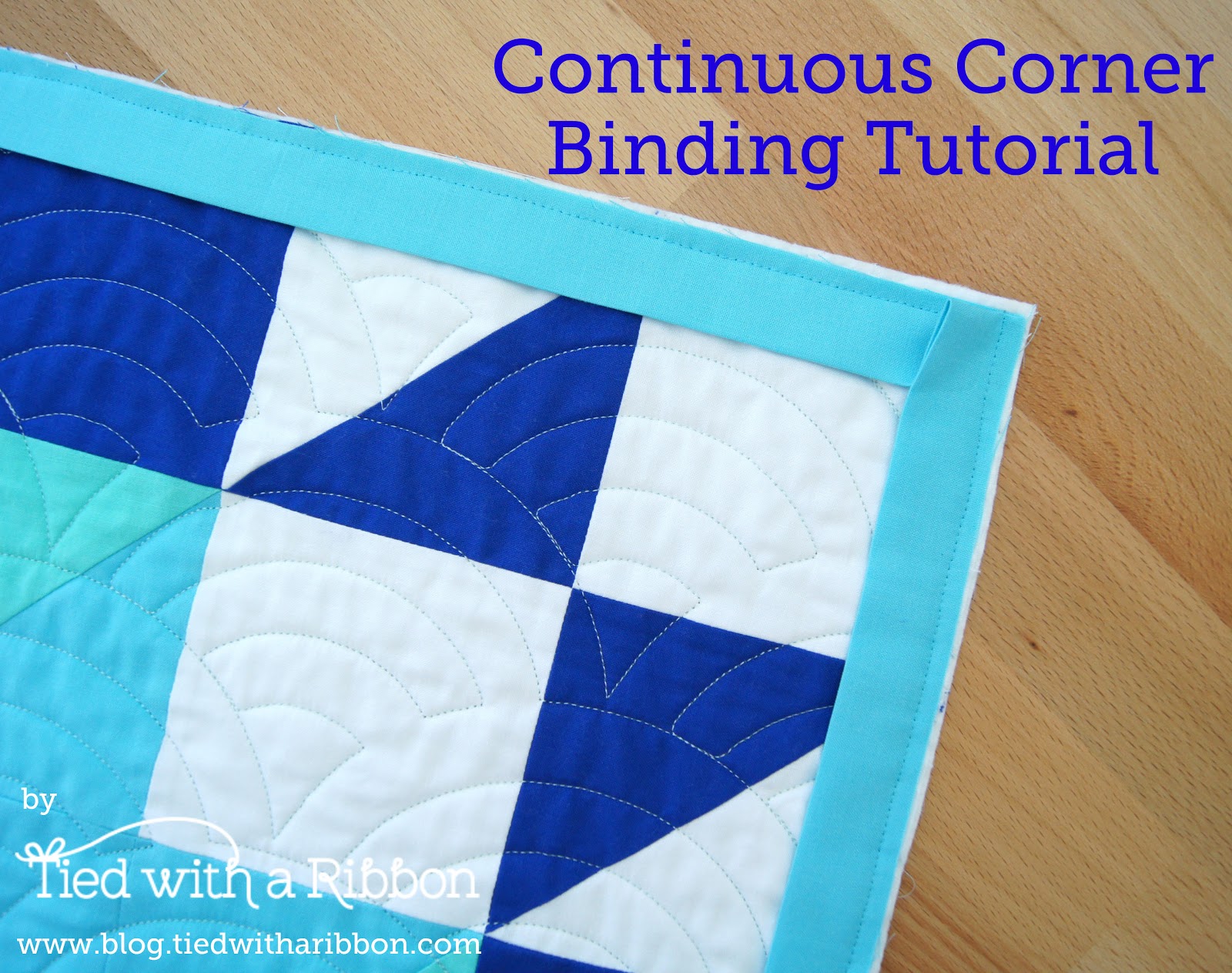
Test Fit the Binding: Before attaching your binding to the quilt, test-fit the binding around the edges of the quilt to make sure it fits correctly.
Press as You Go: Press your binding as you go to ensure that the binding lies flat and looks neat.
Use Binding Clips: Binding clips can be used to keep the binding in place while you sew it to the quilt.
Match Seams: When you sew the binding to the quilt, make sure to match the seams of the binding with the seams of the quilt to keep the quilt looking neat.
Cut on the Bias: When cutting the strips for the binding, make sure to cut them on the bias (diagonally across the fabric) to ensure that the binding will lay flat.
Check the Length: Make sure to measure the length of the binding before attaching it to the quilt. You should leave a few extra inches of binding on each side to make sure you have enough.
Don’t Stretch the Binding: When attaching the binding to the quilt, make sure not to pull or stretch the binding as this will cause the binding to pucker and not lie flat.
Conclusion
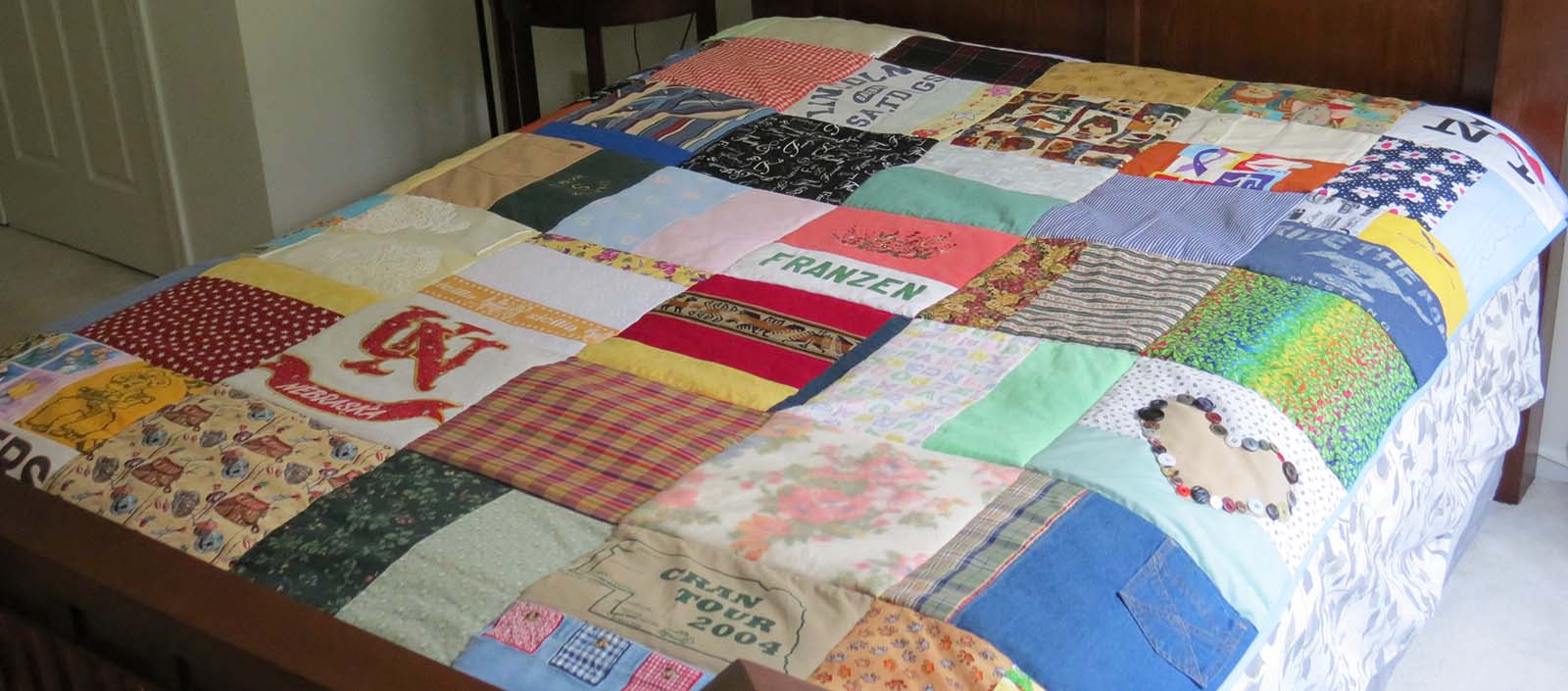
In conclusion, the width of quilt binding varies depending on the type of binding. Generally, cut binding strips at 2” wide for a single-fold binding and 2 ½” for a double-fold binding. Bias binding should be cut 2 ½” wide for a single-fold binding and 3” wide for a double-fold. When using pre-made bias binding, the width should be specified on the package.
| Binding Type | Single-fold | Double-fold |
|---|---|---|
| Straight Binding | 2” | 2 ½” |
| Bias Binding | 2 ½” | 3” |
When deciding how wide to cut strips for quilt binding, the most important factor is to make sure the binding is wide enough to cover the edges of the quilt. To ensure that the binding is the right width, it is important to check the instructions on the pattern or quilt kit.
References
- Quiltinghub.com: How Wide Is Quilt Binding?
- Sew4Home.com: Quilt Bindings: How Wide to Cut Fabric Strips
- FaveQuilts.com: How to Make Bias Quilt Binding
- QuiltAddictsanonymous.com: How Wide Do I Cut the Strips for Quilt Binding?
Frequently Asked Questions
How do I Measure the Width of My Quilt for Binding?
To measure the width of your quilt for binding, begin by measuring the length of your quilt from top to bottom. Next, measure the width of your quilt from side to side. Finally, add the two measurements together and divide the sum by two to determine the width of your quilt binding. For example, if your quilt measures 20 inches long and 40 inches wide, the total sum is 60 inches. When divided by two, you will need binding that is 30 inches wide.
What are the Different Types of Binding I Can Use for My Quilt?
Quilt binding is a key element of the quilting process and the type of binding you choose will depend on the style and look you are trying to achieve. Common types of quilt binding include straight grain binding, bias binding, and self-binding. Straight grain binding is the most common type of binding used and is cut from the fabric along the grain. Bias binding is more flexible and is cut on the bias of the fabric, allowing it to conform to curves. Self-binding is a technique where the quilt top and backing are cut from the same fabric, then folded over to create the binding.
What is the Best Way to Attach the Binding to My Quilt?
The best way to attach the binding to a quilt is to use a sewing machine and carefully sew the binding to the quilt’s edges. Make sure to use a coordinating thread color and a small stitch length to ensure the binding will be secure. Begin stitching the binding at the corner of the quilt and sew along the edges, folding the binding to the back of the quilt as you go. When you reach the end, trim any excess binding and fold the raw edge under before securing it in place.
How do I finish the ends of the binding on my quilt?
- Mitering: Mitering involves folding the binding at a 45-degree angle and sewing it together to form a neat corner.
- Butting: Butting involves laying the two ends of the binding together and overlapping it slightly, and then sewing it together.
- Binding the Ends: Binding the ends of the binding involves folding the end of one piece of binding inward and overlapping the end of the other piece of binding, and then sewing them together.
- Binding Strip: A binding strip is a length of fabric that is cut to the same width as the binding and sewn to the edge of the quilt. The ends of the binding can then be folded in and sewn together.
Is There a Standard Size for Quilt Binding?
No, there is no standard size for quilt binding. Generally, quilt binding widths range from 1/4″ to 1 1/4″ and the size you choose will depend on the size of your quilt and the look you are aiming for. For a small throw quilt, 1/4″ binding is usually recommended, while larger quilts may require binding up to 1 1/4″ wide.
Conclusion

Quilt binding is an important part of your project and having the right measurement is essential for a professional finish. There are a few methods for determining the correct width for your quilt binding and with practice and experience, you’ll be able to get the perfect measurement every time.
